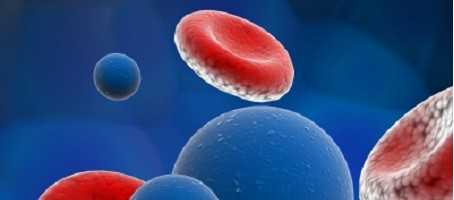The chemical gamma-aminobutryic acid (GABA) has been found to treat and even reverse type 1 diabetes after human beta cell transplantation into mice.
What is GABA?
GABA is an amino acid produced by the same beta cells that make and secrete insulin. It was previously found to prevent and reverse type 1 diabetes in mice.
The December issue of Diabetes features a paper that shows GABA does the same thing when mice have been injected with human pancreatic cells.
Known as a key neurotransmitter in the brain, the role of GABA in the pancreas was previously unknown until a 2011 paper by Drs. Prud’homme and Wang.
They found that GABA greatly improved the survival rate of pancreatic cells following transplantation into mice, with type 1 diabetes characterised by the immune system’s destruction of pancreatic beta cells.
Human clinical trials
The researchers believe this finding could result in research specifically related to pancreatic transplants, but GABA, and related therapies, would require testing in human clinical trials.
This could take years, the researchers note, as well as acknowledging that work in mice does not always translate to effective therapies for humans.
What's new on the forum? ⭐️
Get our free newsletters
Stay up to date with the latest news, research and breakthroughs.







